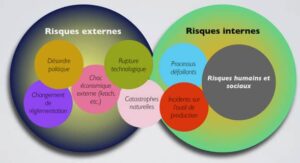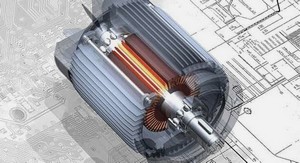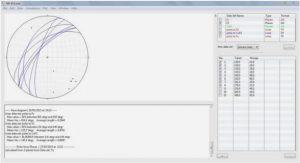Machinability
Machinability is the ability of a work piece material to machine or be machined. In other words, it indicates how easy or demanding it is to shape a work piece with a cutting tool. Improving machinability may entail, for instance, improving the quality of castings to a free machining material and changing the tool material, tool geometry, the condition of the fixture or the cutting fluid, etc.
Machinability Criteria, Tests, and Indices
The most commonly used standard for assessing and determining machinability are:
1) Achievable surface finish;
2) Cutting force or power consumption;
3) Chip form;
4) Tool life or tools wear rates;
5) Achievable tolerance;
6) Functional or surface integrity;
7) Cutting temperature;
8) Mechanical properties.
Hardness and Strength
Usually low values of hardness and strength are favourable but, some exceptions exist. For example, there are very ductile materials which create problems including the formation of built- up edges in the form of poor surface texture, short tool-life as well as burr formation.
Ductility
Low ductility values are generally beneficial. In fact, the best machinability is always a compromise between the material ductility and the material hardness , In the diagram (A), Ductility (D) and Hardness (HB) are plotted against tensile strength (TS).
The high hardening average denotes a rapid rise in strength in relation to the increasing deformation rate. High hardening work rates denote that a lot of energy is required for chip formation (high specified cutting force). Work hardening can also be an advantage in a sense that it reduces the tendency for edge built up (BUE)(Coromant, 1996) .
The main properties that affect machinability are: Hardness, Strength, shear, Ductility, Thermal conductivity, and free machining additive properties of stainless steel which have been determined to affect machinability.
Other properties that affect machinability are material structure, work piece conditions, alloying elements, surface integrity (1996; El-Sonbaty, Khashaba et Machaly, 2004).
Effect of deformation and heat treatment processes
Heat treatment of metals is used to modify properties by controlling the heating and cooling of the process. The choice of the selected heat treatment process used depends upon the type of material and the properties required. Using a hot rolled treatment condition has in many cases produced an inhomogeneous and coarse structure. In respect to machinability, an inhomogeneous structure may result in deviations/voids, depending on the amount of uniformity in the material. During the normalization process, the material is heated within the austenite area and, after full transformation into austenite the material is immediately cooled down to room temperature. This is done in order to achieve a finer and more homogeneous structure. In hot rolled condition, normalization mainly aims at improving the toughness behaviour of the material and as such an improved machinability level is achieved(Coromant, 1996).
Cold working is mostly performed on comparatively small size blanks or work pieces. Cold working will increase strength – how much depends on the reduction. The cold working in itself can be favourable from machining point of view in that it may mean: improved surface texture, reduced formation of the built up edges (BUE) and reduced burr-formation. The hardness of the work piece affects the amount of tool wear. Considerably softer material may lead to tendencies of built up edges while considerably harder, affects machinability negative. The alloying elements in material have a profound impact on its properties. In steel, carbon is the dominating element that determines much of the mechanical and machinability properties.
General machinability effect of alloying elements: Mn, Ni, Co, Cr, V, Mo, Nb, W, C< 0.3% & C > 0.6% have a marked negative effect on machinability, while Pb, S,P and C 0.3-0.6% have a marked positive effect on machinability (AKIN, 2012).
Surface roughness
Determination of surface quality is a measurement of the experimental roughness, regularity and quality of products and a factor that significantly affects the cost of production. It characterizes the geometry of the machined surface and in combination with the surface texture, which depends on the process can have a very important impact on the performance characteristics of the workpiece material (e.g. appearance of too much friction and/or too much wear) (Benardos et Vosniakos, 2002; Gadelmawla et al., 2002).
INTRODUCTION |





